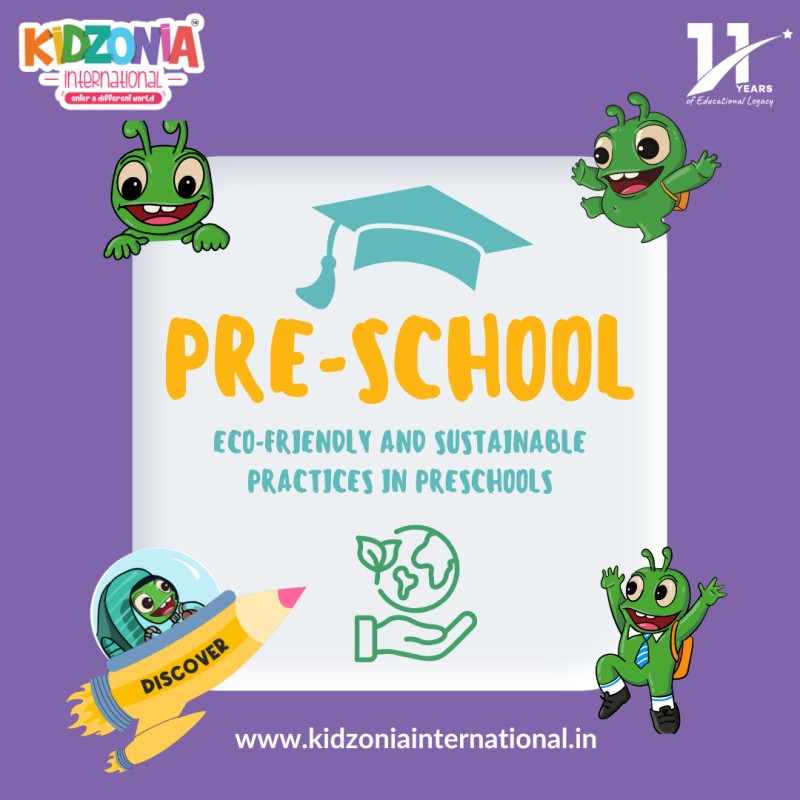Eco-Friendly and Sustainable Practices in Preschools
As the world becomes more aware of environmental issues, it is important to teach young children about sustainability from an early age. Preschools play a crucial role in shaping children's habits and attitudes toward the planet. By adopting eco-friendly and sustainable practices, preschools can create a positive impact on both the environment and young minds. Here are some simple ways preschools can go green:teaching young children about sustainability from an early age is important.
1. Reduce, Reuse, Recycle Teaching children the importance of reducing waste, reusing materials, and recycling is a great way to instill eco-friendly habits.
Preschools can set up recycling bins in classrooms and encourage kids to use reusable water bottles and lunch containers.
2. Use Natural and Non-Toxic Materials Many preschool supplies, such as paints, toys, and furniture, can contain harmful chemicals. Choosing eco-friendly,
non-toxic, and biodegradable materials ensures a safer environment for children and reduces pollution.
3. Energy Conservation Simple changes like using LED lights, turning off electrical devices when not in use, and maximizing natural light can significantly reduce
energy consumption. Teaching kids to switch off lights when leaving a room is an easy habit that benefits the planet.
4. Eco-Friendly Outdoor Activities Outdoor learning is a great way to connect children with nature. Activities like planting trees, gardening, and nature walks help
children develop an appreciation for the environment. Schools can create small gardens where children grow fruits, vegetables, or flowers.
5. Sustainable Snack Time Preschools can encourage parents to pack healthy, waste-free lunches using reusable containers. Avoiding single-use plastics, using
cloth napkins instead of paper, and composting food scraps are simple yet effective ways to make snack time more sustainable.
6. Water Conservation Teaching children to turn off taps while washing hands, fixing leaks promptly, and using water-efficient appliances can help save water.
Schools can also collect rainwater for gardening purposes.
7. Eco-Friendly Transportation Encouraging walking, cycling, or carpooling to school can reduce the carbon footprint of daily commutes. Some preschools even
introduce fun walking challenges to motivate families to choose greener transportation options.
8. Green Cleaning Practices Using environmentally friendly cleaning products helps reduce air pollution and exposure to harsh chemicals. Schools can also
minimize paper towel waste by using cloth wipes for cleaning surfaces.
9. Educating Through Stories and Activities Reading books about nature, wildlife, and environmental conservation can help children understand the importance of
taking care of the planet. Fun activities like craft projects using recycled materials or storytelling sessions about sustainability can make learning engaging.
10. Leading by Example Teachers and staff play a key role in setting an example for children. When children see their teachers making eco-conscious choices, they
are more likely to follow suit.
By adopting these simple yet effective practices, preschools can help raise a generation that values and cares for the environment. Small changes today can lead to a greener and more sustainable future for our children and the planet.





